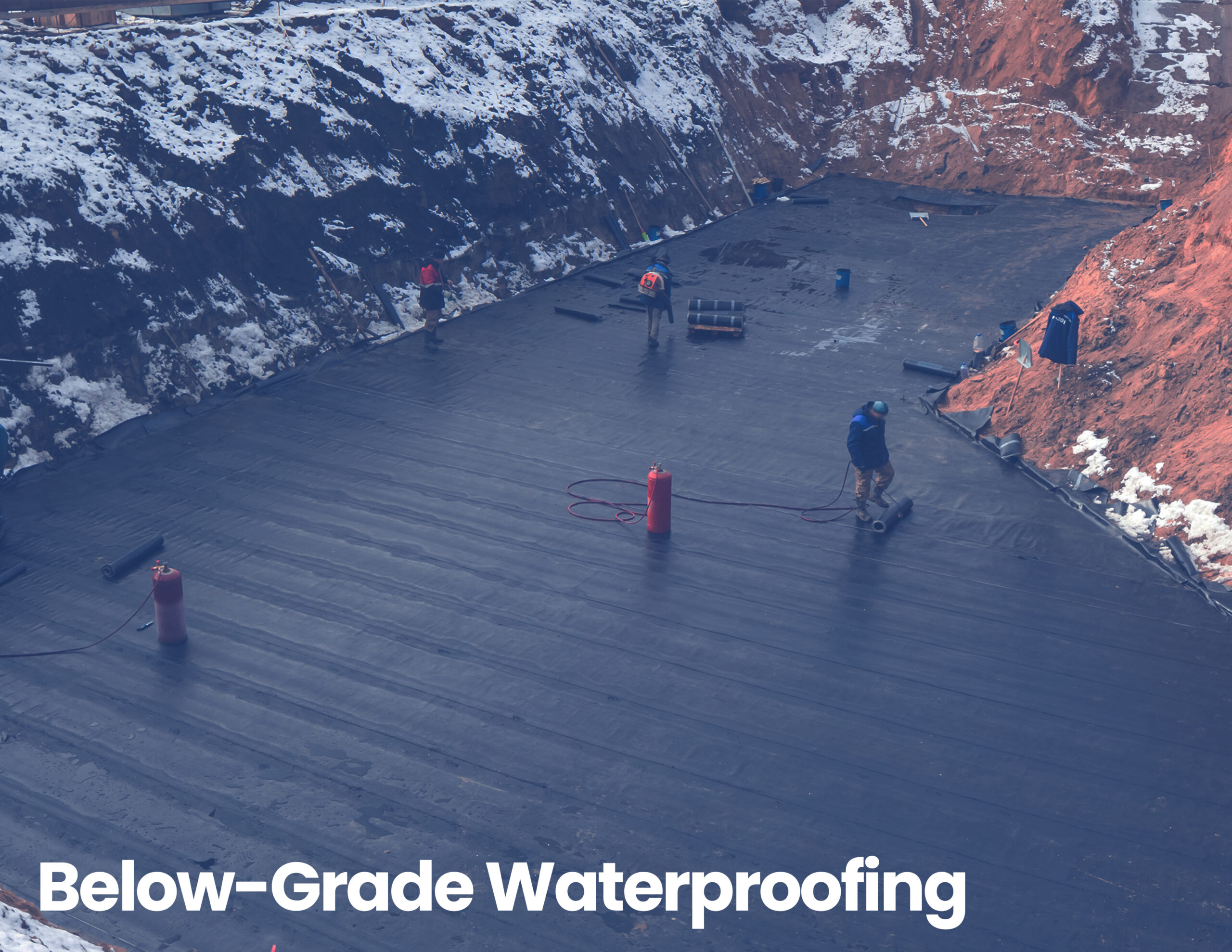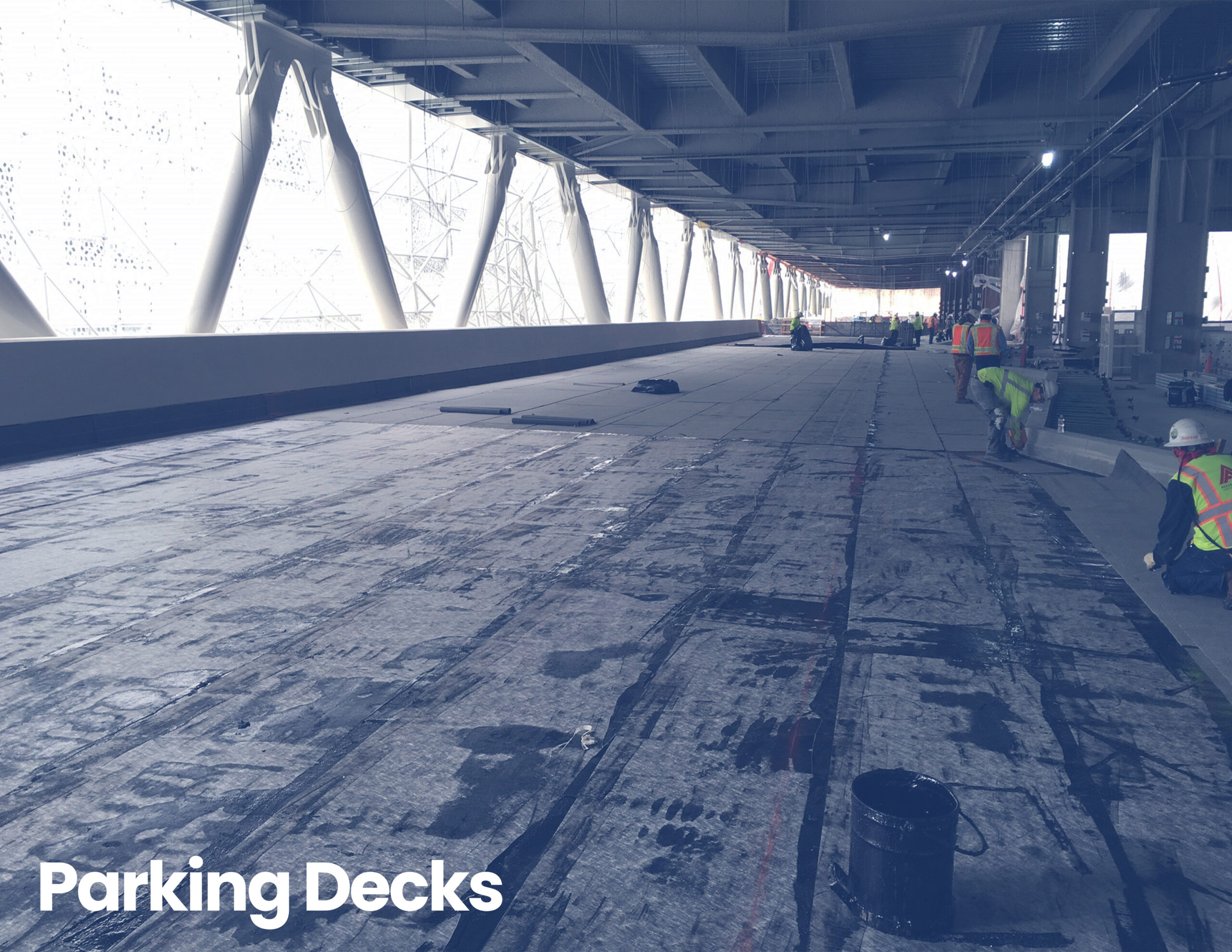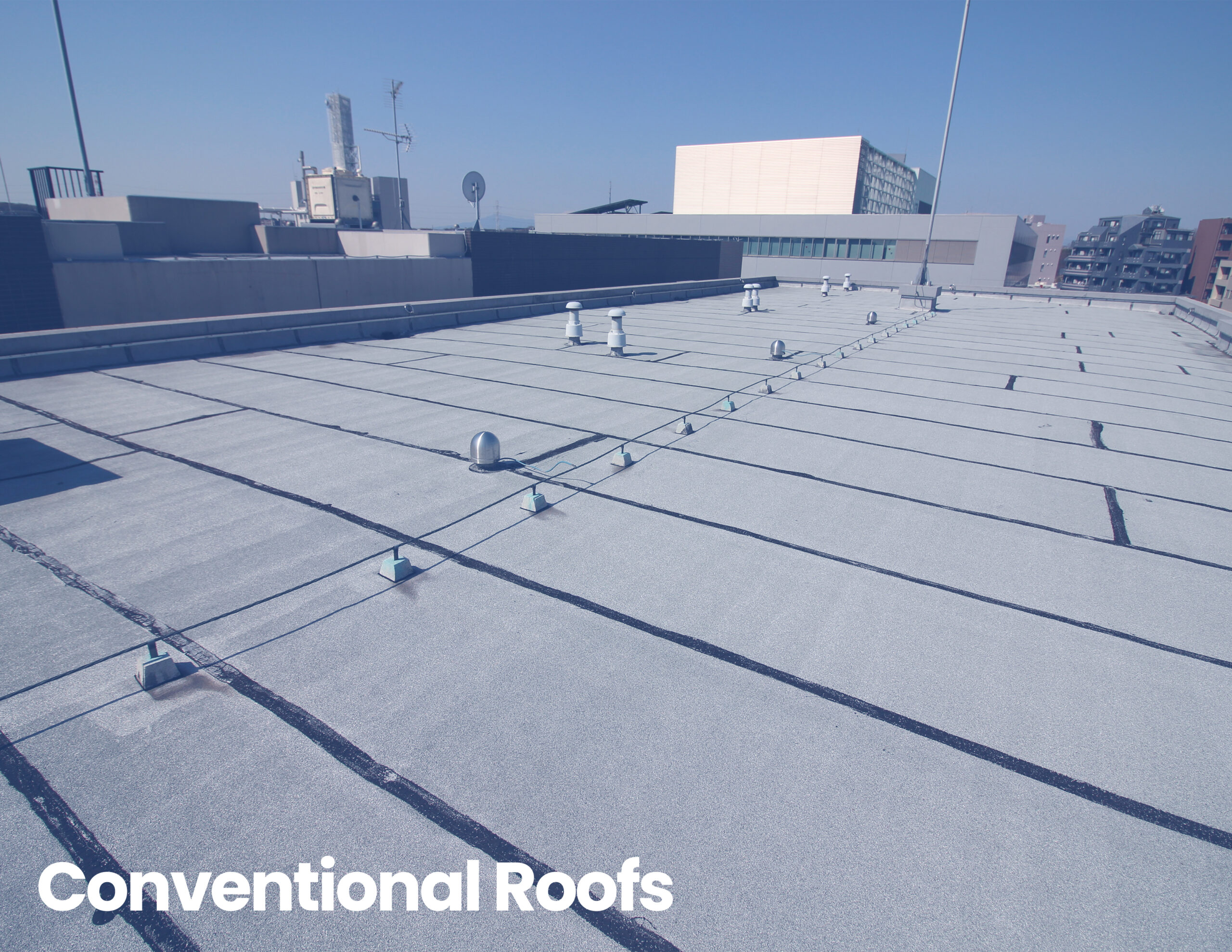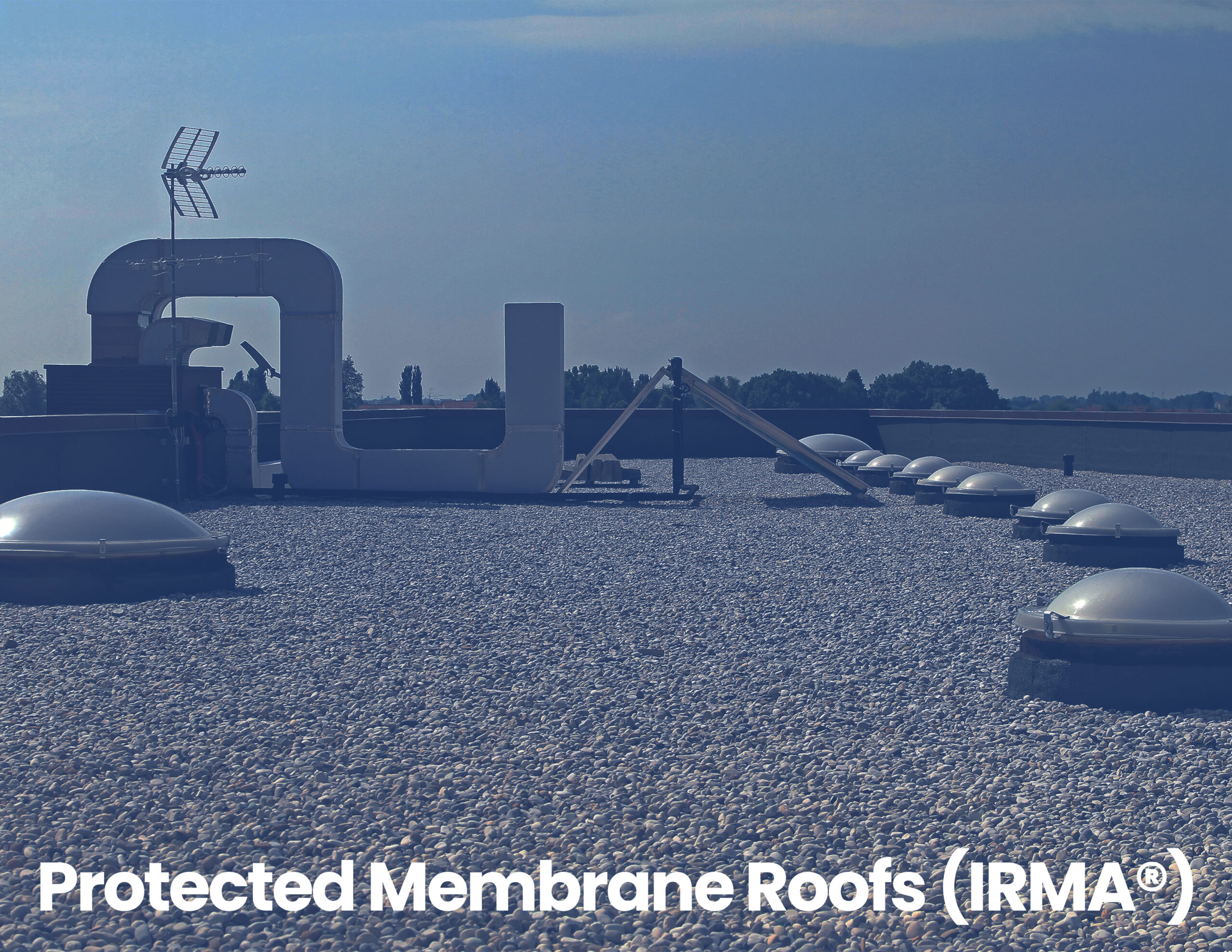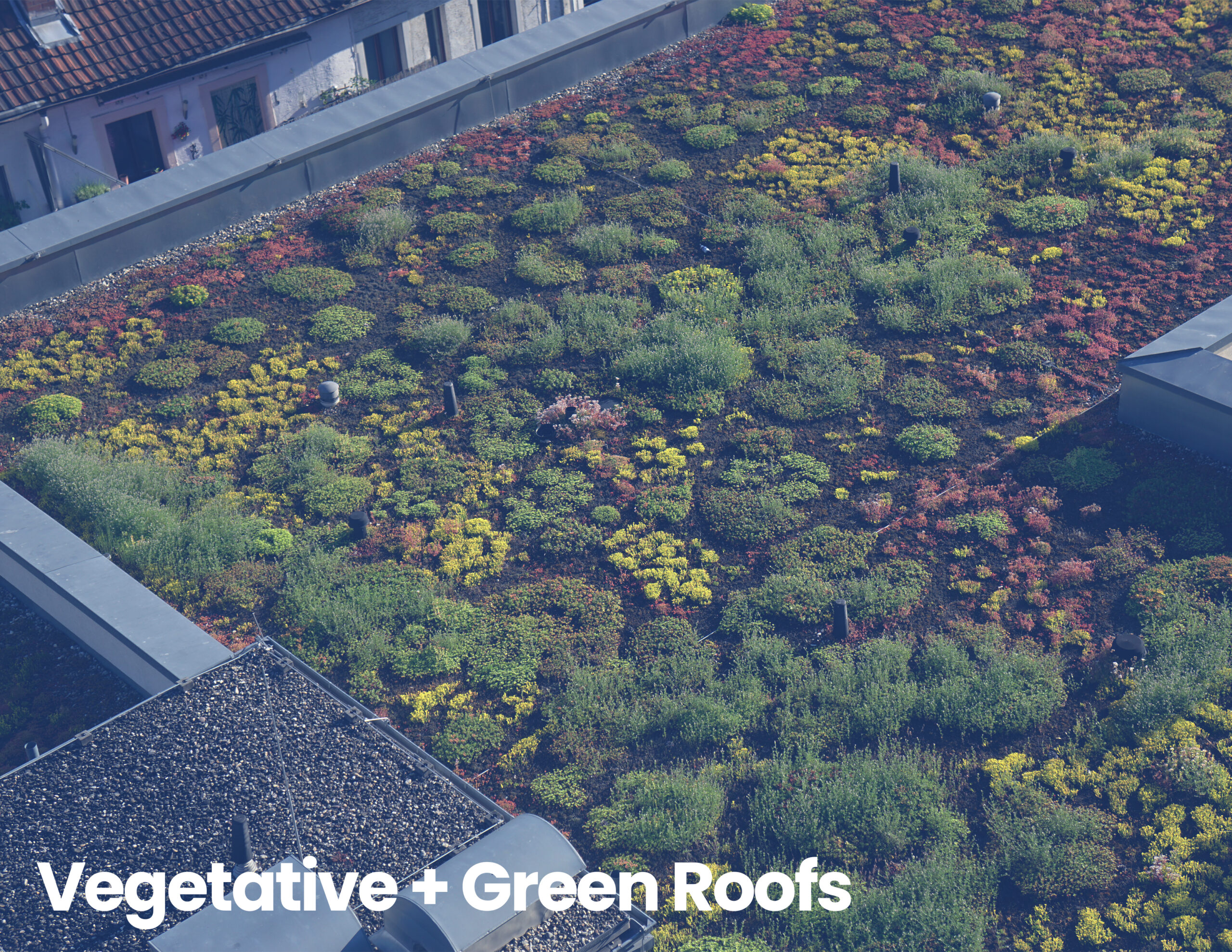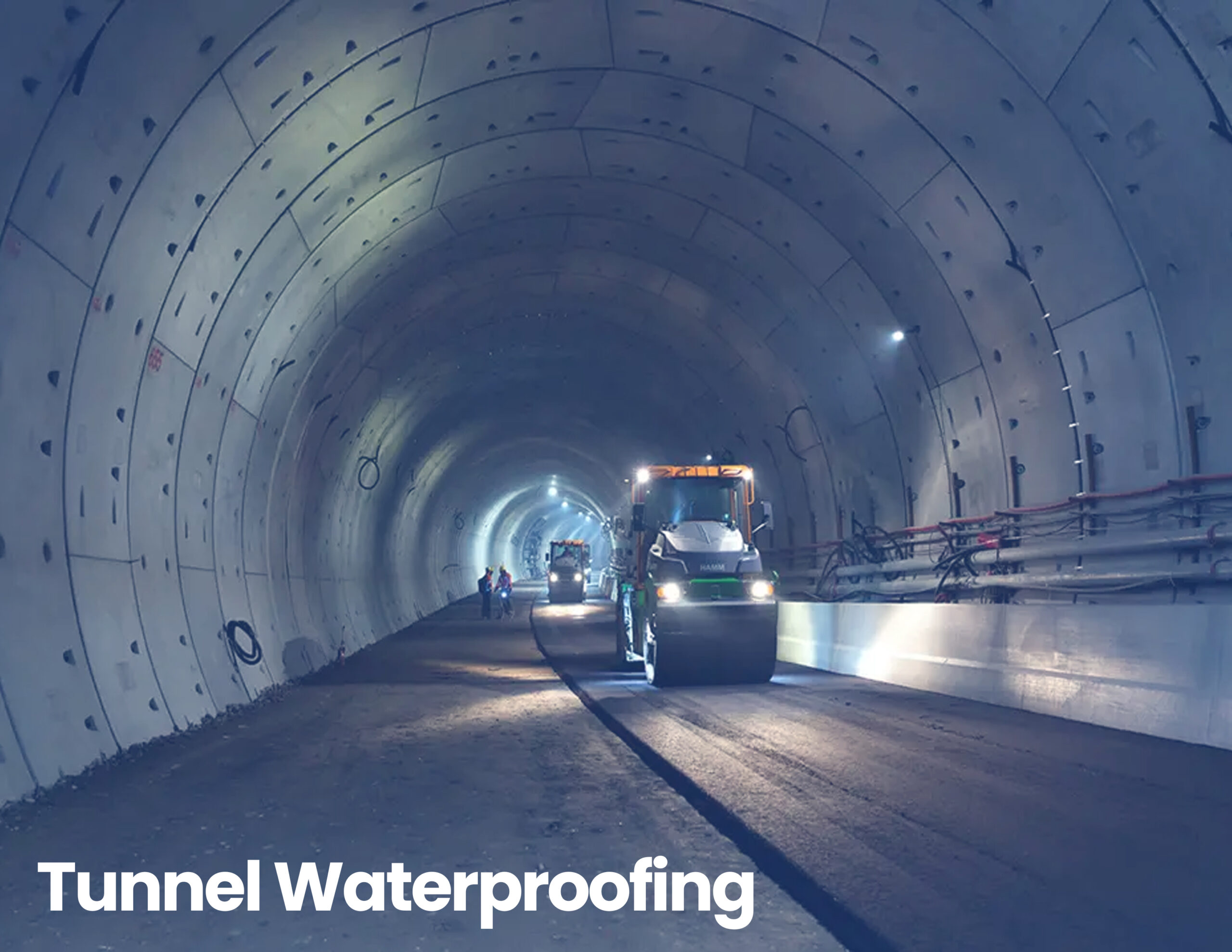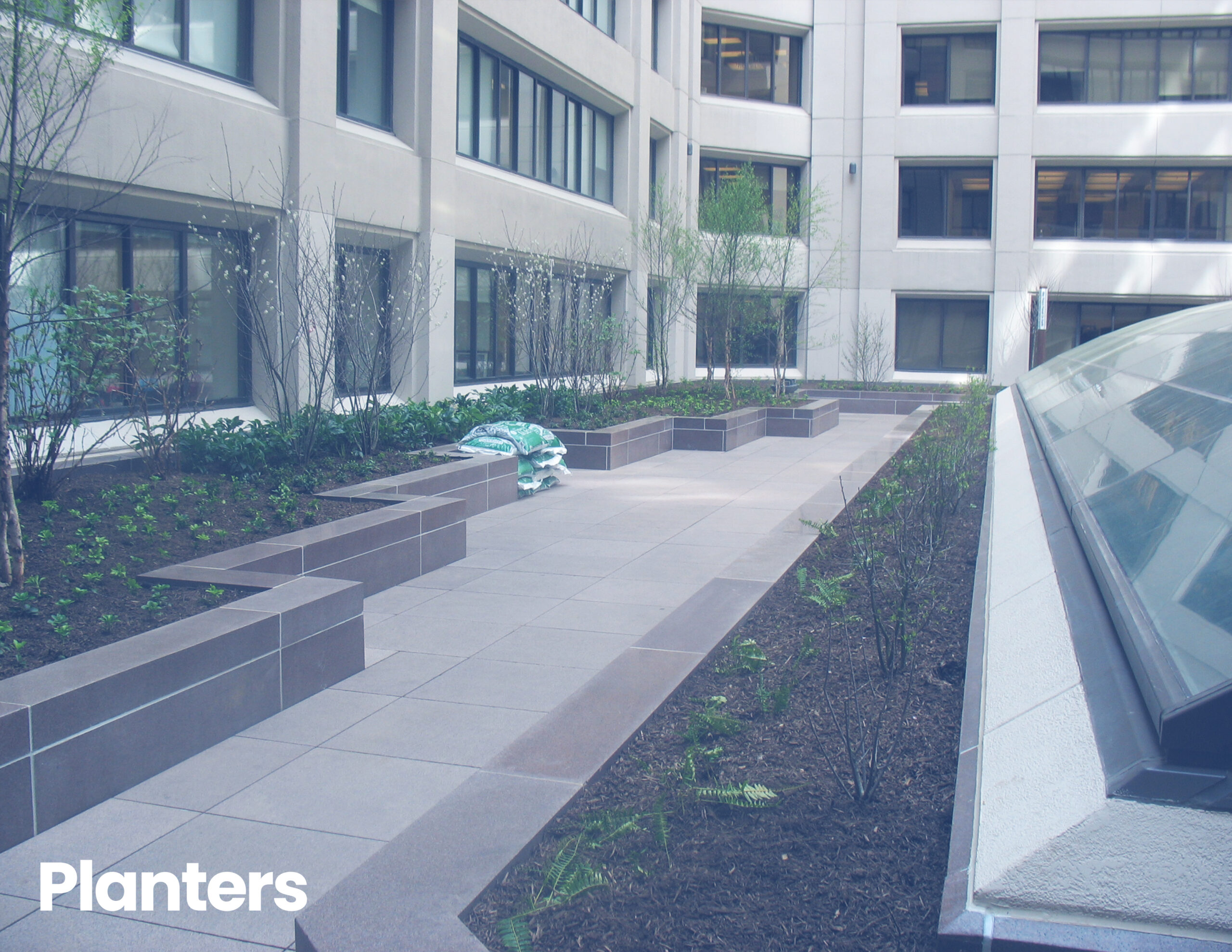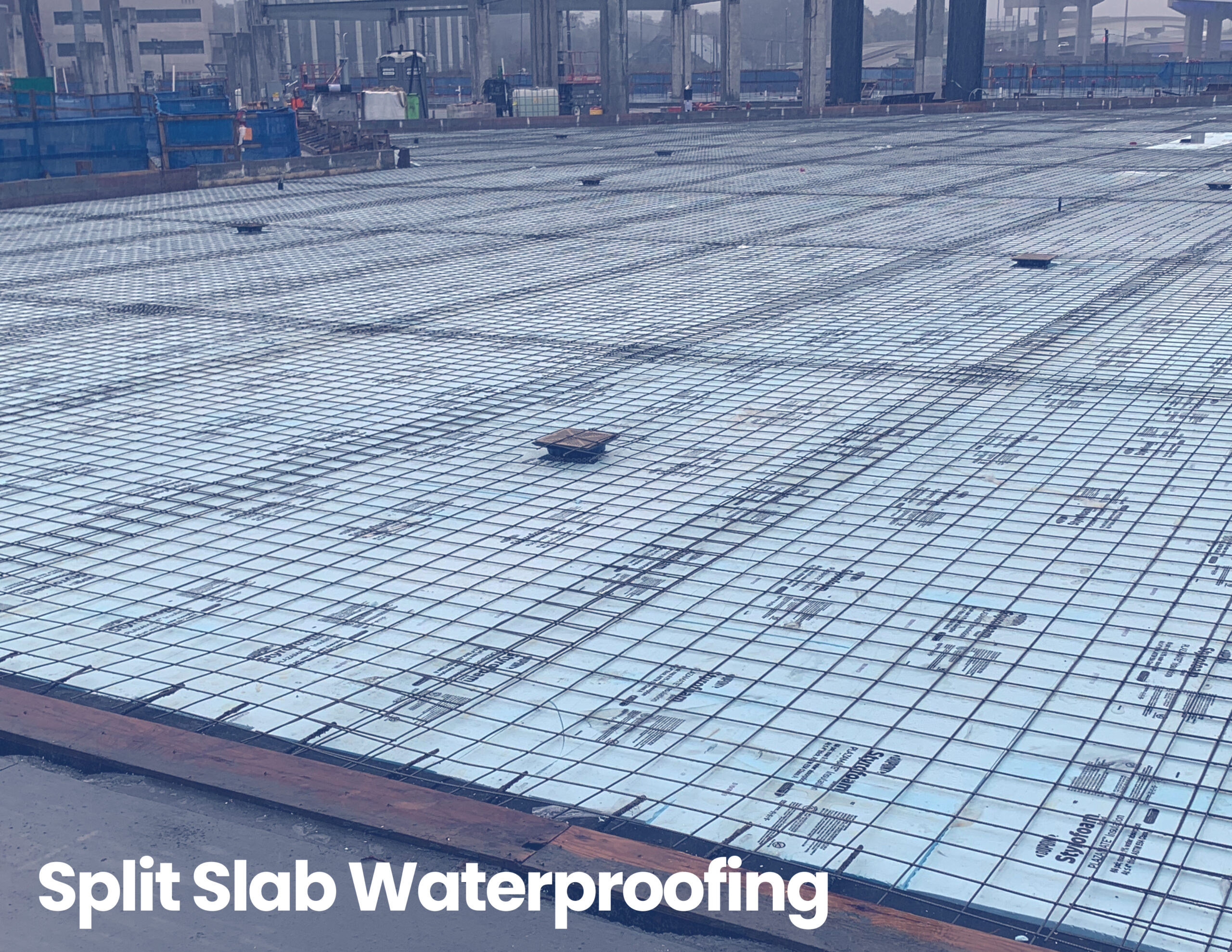The Foreman’s Guide: Understanding Hot Fluid Applied Rubberized Asphalt
There is a significant difference between standard oxidized asphalt ASTM D-312 Types I, II, III and IV and unoxidized asphalt materials.
The ASTM D-312 products utilize a petroleum derived material called “flux” which is put into a still, heated while air is induced, which essentially ages the asphalt flux to a point that is within the softening point range of the desired end product. The composition of the flux can vary widely and directly relates to the final product’s long-term performance characteristics. These products can and do vary greatly in their performance properties, depending on their source and the competence of the processor.
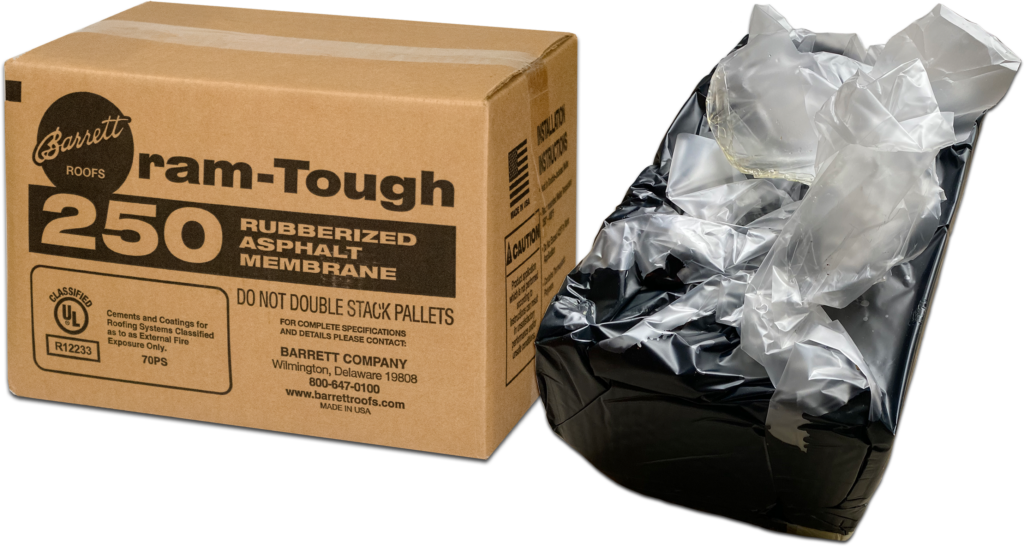
Rubberized asphalt is not an oxidized material. A significant improvement over their predecessors of coal tar pitch and felt materials, hot rubberized asphalt waterproofing systems like Barrett’s RamTough 250 are fluid applied membranes consisting of a blend of asphalt and modified rubber polymers containing mineral stabilizers. It has derived its properties from chemical engineering, not from a premature aging process.
To derive the end product, the highly selected base asphalt is modified with SBS or SEBS polymer for improved water resistance and elongation, elasticity and cold flex characteristics. Crumb rubber is added to provide body, as well as enhancing the material’s flexibility properties. A small amount of filler is used to give the product the desired consistency for proper application.

When processed, this combination of components provides a product with superior moisture resistance, even under ponded water conditions, elongation and flexibility properties at temperatures below 0ºF and well below most other waterproofing products. Polymer modified bitumen also offers excellent warm temperature self-healing properties and a 40+ year proven record of superior performance. They are monolithic, seamless, fully adhered systems that can withstand constant immersion in ponded water, thermal cycling, corrosion, and any potential damage caused by soils, microorganisms, and chemicals.
Applications
Hot fluid-applied asphalt waterproofing can be applied on horizontal or vertical structures. There are numerous construction applications in which it can be utilized, including but not limited to:
Benefits of Rubberized Asphalt
Hot rubberized membranes were designed in order to provide effective waterproofing for large surface areas. They excel in conditions with intricate transitions and, when they are applied correctly, the benefits are outstanding.
Using a hot rubberized asphalt waterproofing system eliminates seams, thus reducing potential issues with detailing transitions on systems such as roofs. Additionally, the material drastically reduces the risk of leaks and provides the ability for much more aesthetically pleasing finishes.
Fluid-applied materials also provide particular advantages in vertical applications. They are easier to install than regular sheet membranes, and because they are liquid, they can fill naturally occurring imperfections, becoming a part of the existing substrate. However, extreme caution should be taken when applying hot rubberized asphalt to vertical surfaces.
Can’t Take the Heat?
The primary issue people tend to have with hot asphalt applications comes from the added material preparation time. SBS polymer modified bitumens are heat sensitive and must be heated in equipment designed for this purpose. Unlike the traditional roofers’ kettle, a bitumen melter has a double jacketed design and uses hot oil or hot air to transfer a more even heat to the material. A melter also has an agitator which must be in constant operation to help keep the material at an even temperature.

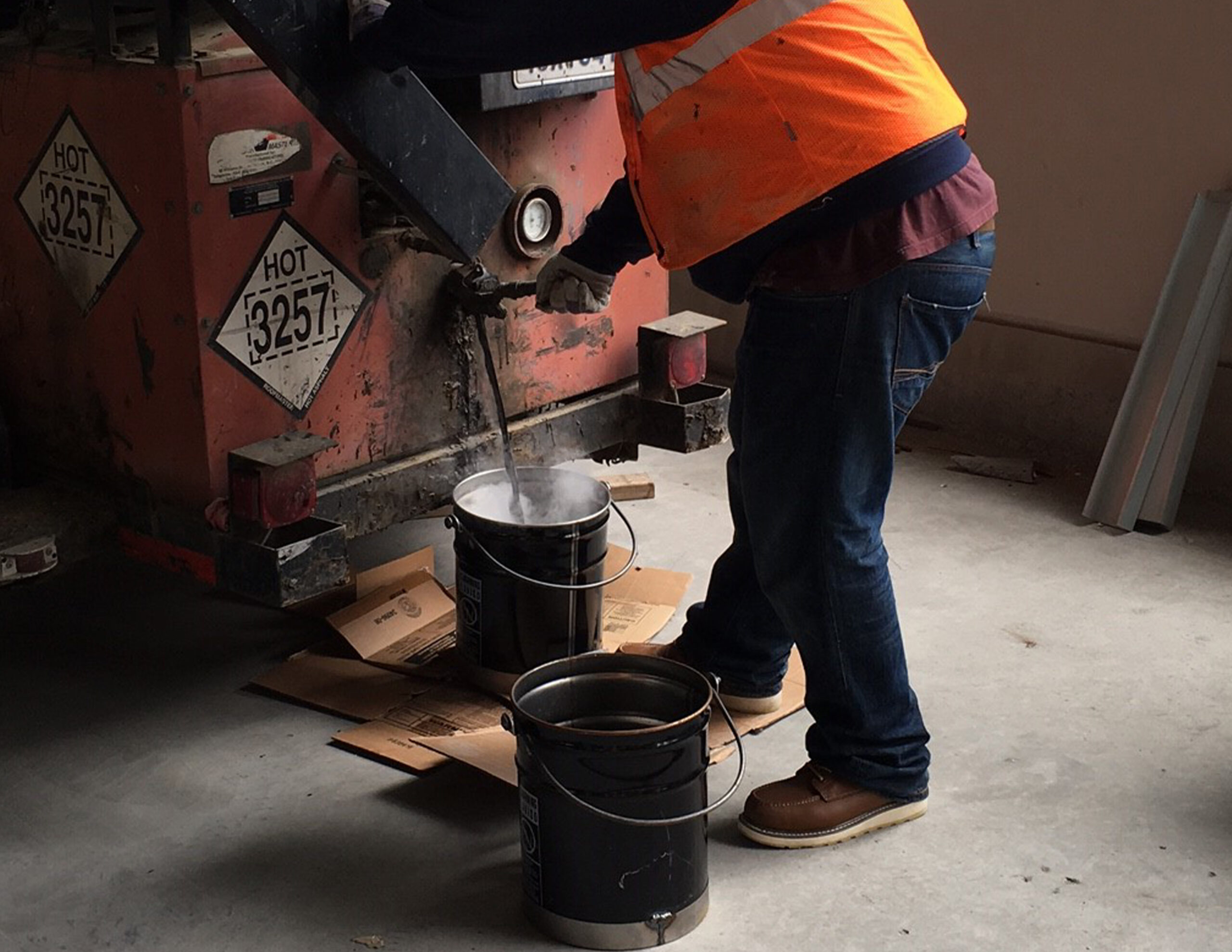
BEFORE: A contractor carefully loads a block of Barrett’s RamTough 250 rubberized asphalt into the melter.
AFTER: Once heated to the necessary temperature, the melted asphalt is extruded into a pail and readied for application.
The maximum heating temperature for Barrett’s RamTough 250 bitumen is 400°F under summer conditions and 425°F in colder winter conditions. Most contractors target 375°F as the ideal temperature during spring, summer and fall temperatures. The SBS polymer material is heat sensitive and should not be held at elevated temperatures for prolonged periods of time.
While all of this might seem like added time to the overall schedule of the project, it is important to consider that fluid-applied applications are often much less labor-intensive compared to installing pre-formed sheet membranes. It can save some projects up to 60% in labor costs. Less labor means less time, so construction schedule timelines can often be greatly reduced.
NOTE: All product literature (i.e. technical & safety data sheets, specifications, application instructions, etc.) is currently available to download from the “Resource Library” on our website.
For questions regarding detailed specifications, application information, or any other general inquiries, please reach out to your local Barrett Technical Representative.
You can also call us directly at (800) 647-0100 or email us at roofscapes@barrettroofs.com

